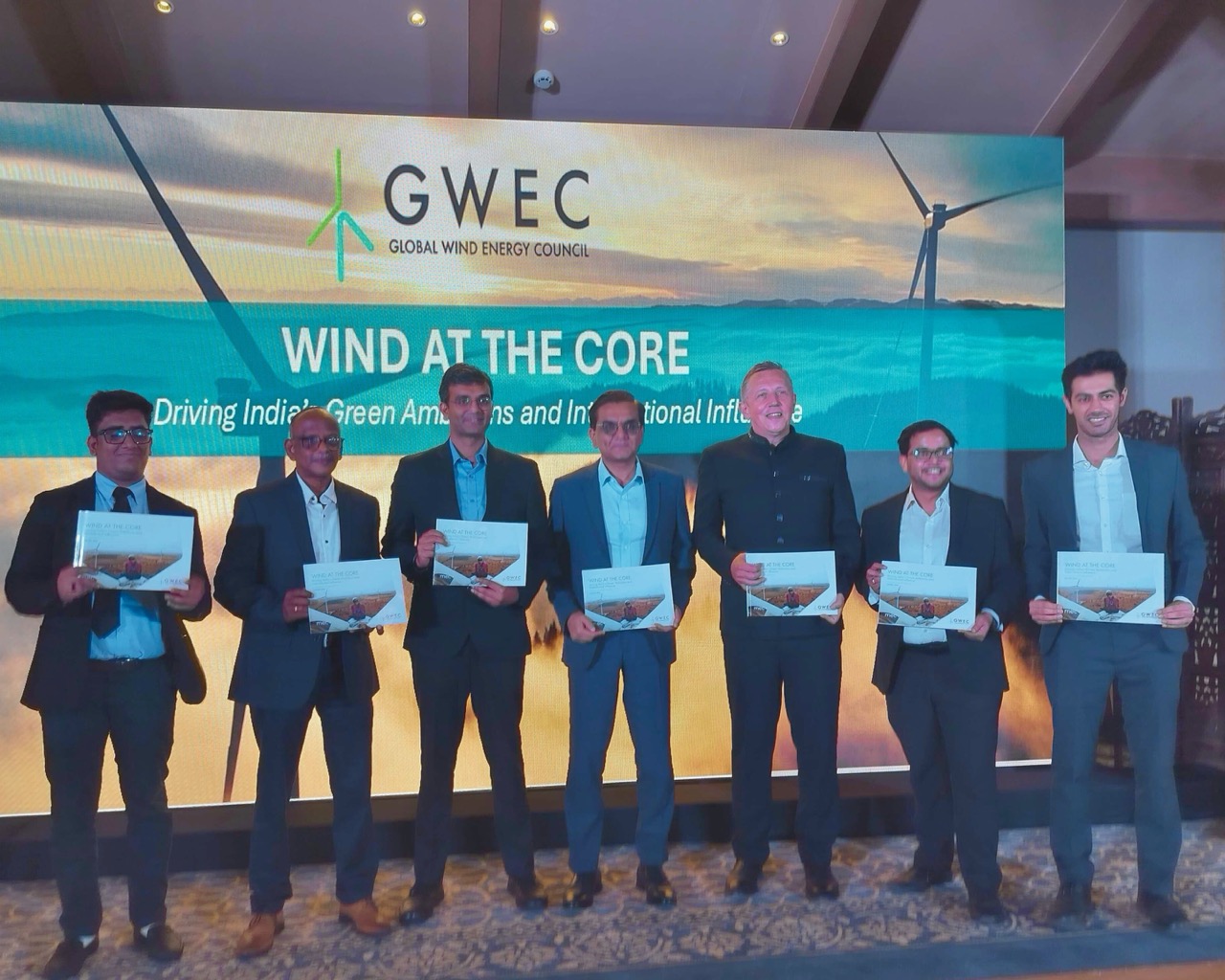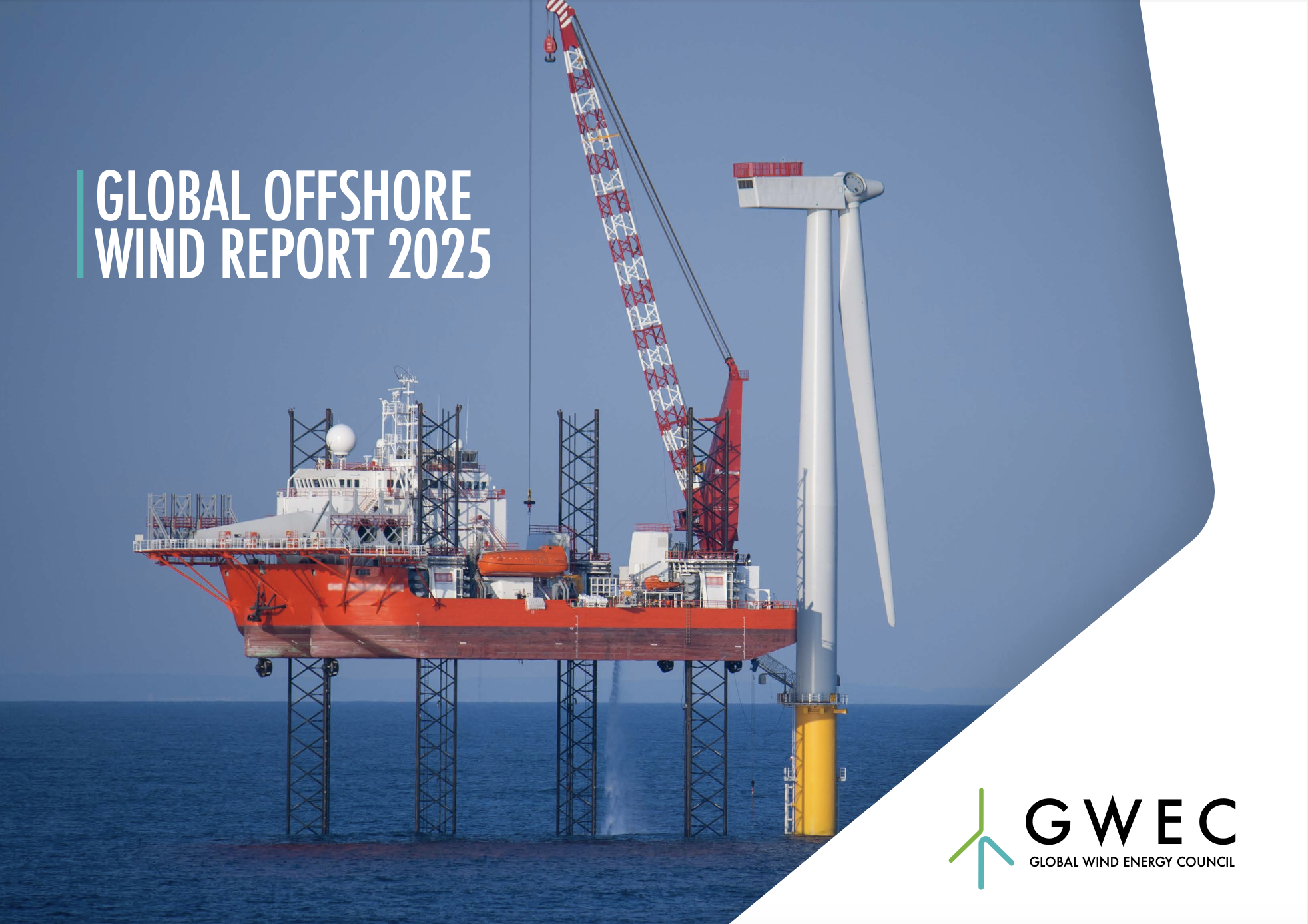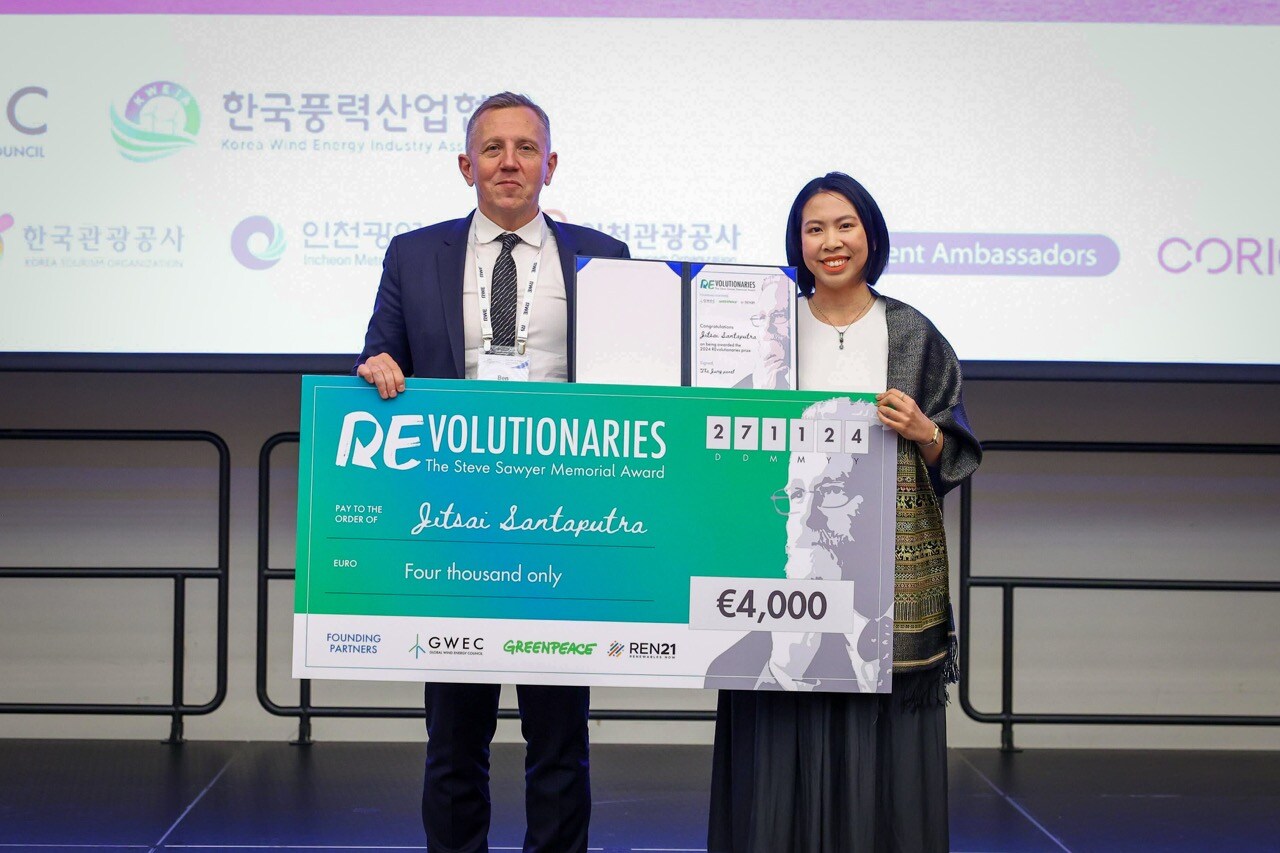India’s wind capacity expected to reach 107 GW by 2030: GWEC India Wind Report 2025
Article written by
The GWEC Team
26 August, New Delhi, India | The Global Wind Energy Council (GWEC), today unveiled its latest report “Wind at the Core: Driving India’s Green Ambitions and International Influence” in the presence of Shri Pralhad Joshi, Minister of New and Renewable Energy, Government of India; and Shri Santosh Kumar Sarangi, Secretary, Ministry of New & Renewable Energy.
The report details how India’s installed wind capacity can more than double from 51 GW to 107 GW by 2030, in line with state-level Resource Adequacy Plans (RAP). This is pivotal to help India achieve least cost pathway for a successful energy transition. Furthermore, reports from organizations like NREL, IEA, WRI, and Lawrence Berkeley recommend even higher wind capacity (121-164 GW) by 2030. Addressing grid concerns, strengthening RPO compliance, and aligning bidding processes with state offtake needs could push installations toward the full potential.
Union Minister for Consumer Affairs, Food & Public Distribution and New & Renewable Energy, Shri Pralhad Joshi emphasized, “India is executing one of the world’s most ambitious energy transitions — not just to secure our own sustainable future but to shape the global clean energy narrative. Under the visionary leadership of Prime Minister Narendra Modi, we are committed to installing 500 GW of non-fossil capacity by 2030, including 100 GW from wind. With wind expected to contribute nearly a quarter of the renewable mix, India is not only building clean energy infrastructure, but we are also building the future. Reports such as this by GWEC play an important role in guiding stakeholders as we work together to position India as a global clean energy leader.”
Mr. Girish Tanti, Chairman, Global Wind Energy Council India & Indian Wind Turbine Manufacturers Association (IWTMA), said, “The global energy landscape is undergoing a profound transformation, with wind power proving instrumental in driving least-cost energy transitions. By 2030, renewables are expected to supply nearly half of global electricity, with wind contributing ~20-25%. India is poised to mirror this trajectory, doubling its wind capacity to 100 GW and scaling up to 452 GW by 2050. Under Prime Minister Modi's visionary leadership, the sector is receiving the right policy push. Harmonizing policy support to wind and solar can unlock their complementarity, delivering affordable, round-the-clock clean power - positioning India as a global clean energy leader."
Ben Backwell, CEO of the Global Wind Energy Council, said: “Scaling India’s wind capacity to over 100 GW by 2030 can unlock economic growth, manufacturing expansion, and wider energy access. The report shows wind could add 1,54,000 jobs and play a central role in delivering round-the-clock clean power. Wind energy and economic growth go together, strengthening domestic industry and energy reliability. India, now the world’s 3rd largest wind equipment manufacturing hub, can meet 10% of global demand by 2030.”
- India Targets: India is targeting 100 GW of wind capacity. Wind is expected to contribute 20% of the renewable mix in India.
- India’s Potential: India has a total wind potential of 1,164 GW, but only 4.5% of this has been utilized so far.
- Round-the-Clock Advantage: A higher share of wind power provides significant cost benefits, enhances grid stability, and improves transmission capacity utilization, making it the least-cost pathway for meeting state-level power adequacy needs.
- Job Creation: Scaling installations to 8 GW annually could create ~1,16,000 jobs, reduce costs by 10%, and raise domestic content to 80%. Scaling to 15 GW annually could generate ~1,54,000 jobs.
- Manufacturing Growth: India’s manufacturing capacity has grown from 12 GW in 2022 to 20 GW in 2024, positioning it to meet 10% of global wind demand.
- Long-term Outlook: India’s wind capacity could reach 452 GW by 2050 with accelerated adoption.

Alexander Bath
Communications Director-
alex.bath@gwec.net
GWEC Communications
Contact the Communications Team-
communications@gwec.net
Related articles

29 August, 2025
GWEC CEO on US Stop-Work for Revolution Wind

16 September, 2025
Vietnam shares offshore wind competitive investor selection model at GWEC’s APAC Summit

25 June, 2025
